Crocus (Crocus), or saffron, is a genus of bulbous herbaceous plants, which belongs to the Iris family. In the wild, this plant is found in Southern, Central and Northern Europe, in the Middle East, in the Mediterranean, in Central and Asia Minor. Crocuses prefer to grow in forests, steppes and meadows. There is a description of 80 species of this plant, as well as 300 varieties. The name "crocus" comes from the Greek word that translates as "fiber, thread". The name "saffron" comes from the Arabic word, which means "yellow", this is because the stigmas of the flowers are of this color. The mention of this plant was found in the Egyptian papyri, both doctors and philosophers wrote about the crocus. Today, such a plant is also very popular with gardeners, because it is one of the most beautiful primroses (early spring flowers). But few people know that there are a large number of species of such plants, the flowering of which occurs in autumn.
Content
Crocus features
Crocus is a low-growing plant, usually not more than 10 centimeters in height. The bulbs reach 30 mm in diameter, they have a round or flattened shape. The surface of the bulbs is covered with scales, and they also have a bunch of fibrous roots. Shoots of such a plant do not grow. During flowering or after it, narrow basal leaf plates of a linear shape grow, they are collected in a bundle and covered with scales. Single goblet flowers reach 20-50 mm in diameter. Flowers can be cream, lilac, yellow, white, blue, purple or orange. They bloom on a leafless short peduncle and are surrounded by membranous scales. There are varieties with two-color or spotted flowers. Mass flowering lasts 15 to 20 days. All types and varieties of this plant are divided into 15 groups.
Planting crocuses in open ground
What time to plant
Spring-flowering crocus species should be planted in open soil in the fall. Those species that bloom in autumn are planted in summer.A well-lit area for planting should be chosen, but such flowers grow quite well in a shaded place or in the shade. The soil suitable for crocuses should be dry, light, loose and rich in nutrients. When preparing the site for planting, it is recommended to add coarse river sand or fine gravel to the soil for drainage. As organic matter, rotted manure, compost or lime with peat should be added to the soil for digging, the fact is that this primrose grows poorly on acidic soil. If the soil is clayey, this is corrected by adding wood ash to it. There are species that cannot be grown on wet soil, therefore, experts advise for them to make high beds, where the drainage layer is made of gravel or crushed stone. An inspection of the planting material is carried out; it should not be injured or have flaws.
Autumn planting
If the bulbs are planted in open soil in September, then flowering can be seen already in spring. The bulbs are planted in loose soil, while they should be planted to a depth that is a couple of times their size. If the planting is carried out in heavy soil, then it will be necessary to deepen the bulb by only one of its value. On average, a distance of 7-10 centimeters should be kept between the bulbs. Planted flowers need abundant watering. Crocuses should not be planted too close, since it is recommended to grow them in the same place for 3-5 years, over the years, a colony of children appears in the bulbs, and the site itself becomes a solid carpet of flowers. After 5 years, such flowers are planted.
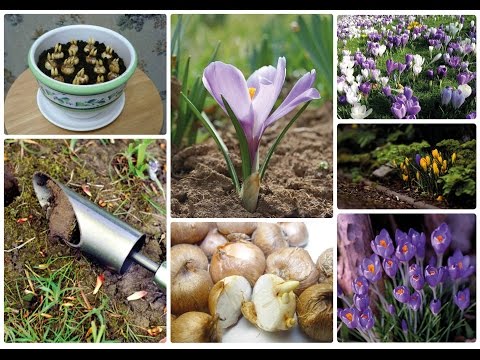

Watch this video on YouTube
Forcing planting
Most flower growers like to grow garden flowers indoors in winter. The easiest way is to grow bulbous in this way, which include crocuses. Experienced growers advise choosing Dutch large-flowered varieties for forcing. 5-10 bulbs are selected, which should have approximately the same size. They are planted in 1 pot, which should not be very deep, but wide enough, as a result of such a planting you will grow a whole bunch of beautiful flowers. To fill flower pots, use loose, neutral soil that is good for water and air.
Faded bulbs do not need to be thrown away. They are provided with regular watering and feeding with a weak solution of complex mineral fertilizers for indoor plants. After the foliage begins to change its color to yellow, a gradual reduction of watering is carried out until it stops completely. When the foliage is completely dry, the bulbs should be removed from the container. When the rest of the substrate is removed from them, they should be wrapped in napkins and folded into a cardboard box. The planting material is harvested in a dark, dry place, where it will be stored until it is planted in open soil in the fall.
Outdoor crocus care
Crocuses are easy to care for. They need watering only if there was practically no snow in winter, and rain in spring. The height of these flowers depends on how much moisture they receive. But it should be remembered that this flower crop is resistant to drought. The surface of the soil on the site must be systematically loosened, while pulling out all the weeds.
During the period of intensive growth, the crocus must be fed, while it must be remembered that it is impossible to introduce fresh organic matter into the soil. Such plants react positively to fertilizing with mineral fertilizers, and they especially need potassium and phosphorus. One must be careful with nitrogen-containing fertilizers, since due to the large amount of nitrogen in the soil in rainy weather, crocuses can develop fungal disease.For the first time in a season, flowers are fed at the very beginning of the spring period in the snow, using a complex mineral fertilizer for this (30-40 grams are taken per 1 square meter). During the flowering period, the crocus is fed a second time with the same fertilizer, but it should contain less nitrogen.
When the leaves on crocuses that bloom in spring turn yellow, you will not need to care for them until autumn, of course, if it is not time to remove the bulbs from the soil. The varieties that bloom in the fall will brighten your garden with their spectacular flowers in September.
Crocus transplant
It is not necessary to dig up the bulbs annually for the winter. However, experts recommend doing this once every 3 or 4 years in the middle of the summer period, when these plants have a dormant period. The fact is that during this time there is a significant increase in the size of the mother bulb, since it is overgrown with a large number of daughter bulbs. Depending on the variety and type of crocus, its bulb produces 1–10 bulbs every year. The bulbs become very crowded, which manifests itself in a decrease in the size of the flowers.
What is the best time to dig up the bulbs? As a rule, planting of bulbs is recommended to be carried out regularly once every 3-5 years. If you need to get planting material, then this procedure can be carried out more often. Depending on the variety and type of plant, crocuses that bloom in the spring are excavated from July to September, and those that bloom in autumn from June to August.
After the dug out bulbs are dried, they must be cleaned of defective scales and dead roots. Remove all the bulbs affected by the disease, and also process the existing mechanical damage with wood ash or crushed coal. The bulbs are stored in a dry and cool place, where they will stay until it is time for planting in open soil.
Crocus reproduction
How to propagate such flowers by children or daughter bulbs, the separation of which from the parent bulb is performed during transplantation, is described in detail above. The separated bulbs are planted in open soil in the same way as for the first planting. After the separated daughter bulb is planted in open soil, its first flowering, depending on the variety and species, can be seen after 3 or 4 years.
For reproduction of spring-flowering crocuses, the seed method is used. But since plants grown from seeds bloom for the first time only after 4–5 years, this method of reproduction is not very popular among gardeners. Crocuses, which bloom in autumn and grow in mid-latitudes, do not have time to ripen properly before winter.


Watch this video on YouTube
Crocus pests and diseases
If the gardener observes all the rules of agricultural technology, then these plants will very rarely get sick or be affected by various pests. The greatest danger to crocus bulbs is posed by field mice, which use them as food. Therefore, it is not recommended to leave the bulbs extracted from the soil on the street unattended. Experienced gardeners advise putting them in an egg carton where they can fit freely in the cells.
In some cases, when viewed on the bulbs, you can see the holes made by the larva of the click beetle (wireworm). This pest is very hard to the touch and has a yellow color. If there are a lot of wireworms, then experienced gardeners advise, in the last days of April or the first days of May, put several bundles of hay, last year's not rotted grass or straw on the site. These bundles must be moistened and covered with boards on top. When pests climb into the traps, they are pulled out and destroyed. If this is necessary, then a second procedure is carried out. Slugs also love to eat crocuses.They need to be collected by hand and then destroyed.
It should also be remembered that this plant reproduces well by self-sowing, so crocuses can grow in the most inappropriate places for this, and then the cultivated plant turns into an annoying weed.
In some cases, a plant can be seen in the flower bed, the flowers of which have a flattened shape, and there are gray spots on the surface of the petals. However, such flowers do not fully open. These are symptoms of a viral disease, which is most often carried by thrips, mice and aphids. Affected specimens should be removed from the site as soon as possible and burned to stop the spread of infection. The area where the flowers affected by the disease were located must be shed with a very strong solution of manganese potassium, which must be hot.
If you take care of this crop incorrectly or violate agrotechnical rules, then the plant can very easily get sick with such fungal diseases as: penicillous, gray and sclerocial rot, and also fusarium. If the weather is warm, damp, then the likelihood that crocuses will get sick with the listed diseases increases significantly. For prevention purposes, it is necessary to carefully examine the purchased bulbs, but if wounds appear on them when removing the bulbs from the ground, then they should be sprinkled with wood ash and then dried at room temperature. Before planting crocuses in open ground, the planting material must be etched; for this, a solution of a fungicidal preparation is used.
Crocuses after flowering
Often inexperienced gardeners have a question, what to do with faded crocuses? Peduncles with withered flowers must be cut off, but the foliage should be left, it will still decorate the garden for many weeks. Over time, the foliage will turn yellow and wither.
After the foliage is completely dry naturally, the bulbs of the species blooming in spring must be removed from the soil. They are dried and put away for storage until September, then they are again planted on the site. It was already mentioned above that there is no need to carry out this procedure annually. If the flowers were planted in open soil less than three years ago, and the soil surface is still visible between the bushes, then planting can be skipped. In this case, it is recommended to cover the surface of the site with a thick layer of mulch (fallen dry leaves or peat) for the winter.
What time do you need to dig up the bulbs
For crocuses blooming in spring, the beginning of the annual cycle occurs in the last weeks of winter or the first in spring, when their foliage grows. Around the middle of June, they begin a dormant period. In autumn, these flowers "wake up" again, they begin to actively accumulate nutrients and build up the root system. Also in this period, the end of the formation of the renewal point is marked. That is why, when a plant has a dormant period, its foliage should be whole. It is necessary to dig out or plant the bulbs of spring-flowering species during the dormant period, or rather, from the second half of June to the last weeks of summer.
The crocus cycle, which blooms in autumn, usually begins in August. First, the plant blooms, and then foliage grows out, at the same time, the formation of a replacement corm is observed. The dormant period for such flowers begins 4 weeks earlier than for species blooming in spring. If there is such a need, then crocuses should be removed from the soil from the first days of June to the second half of August.


Watch this video on YouTube
How to store bulbs
The dug out bulbs are put in a shaded place to dry. Then, soil residues, dead scales and roots are removed from them. Then they are placed in a box or in a box, stacked in one layer.Very small onions can be placed in candy boxes. In the room where the bulbs will be stored until August, the air temperature must be at least 22 degrees, otherwise the process of laying flower buds will be disrupted. In early August, the room temperature should be reduced to 20 degrees, and after 7 days - to 15 degrees. However, these ideal storage conditions for crocus planting material can sometimes be created only in specialized farms. Amateur gardeners, on the other hand, choose a dry, dark room that is well ventilated for storing bulbs, while the air temperature there should be room temperature.
Types and varieties of crocuses with photos and names
There are many different varieties of crocus, which are classified into 15 groups. The first group includes those varieties that bloom in autumn, and the remaining 14 groups consist only of varieties and species that are spring-flowering. Thanks to the appearance of the spring crocus, many hybrids and varieties were born, with most of them bred by breeders from Holland. The most popular commercial varieties are categorized as Dutch hybrids. Also, a group of commercial varieties called Chrysanthus is quite popular with gardeners - hybrids between golden, two-flowered crocuses and its hybrids. Below will be a brief description of the crocus groups, as well as some of its varieties.
Spring-flowering crocus species
Spring crocus (Crocus vernus)
The height of this plant is about 17 centimeters. The surface of the flattened corms is covered with mesh scales. Linear narrow leaf plates have a dark green color, while on their surface there is a longitudinal strip of white-silver color. Funnel-shaped bell-shaped flowers with a long tube are painted white or purple. 1 or 2 flowers develop from one bulb. Flowering occurs in spring and lasts about 20 days. Cultivated since 1561.
Two-flowered crocus (Crocus biflorus)
In the wild, it can be found from Iran to Italy, and also in the Crimea and the Caucasus. This plant has various natural forms: with bluish-lilac flowers, there are specks of brown on the outer surface of the petals; white flowers; with white flowers with stripes of brown-violet color; with flowers brown-purple outside and white inside. The pharynx of flowers is colored yellow or white.
Golden crocus (Crocus chrysanthus)
In nature, this species is found on the rocky slopes of Asia Minor and the Balkans. The height of such a plant does not exceed 20 centimeters. The bulb has a flattened spherical shape. The leaf plates are very narrow. The yellow-golden flowers have bending perianths, the outer surface of which is glossy. There are forms that have tan or brown stripes on the outer surface of the petals. The bars are pale red and the anthers are orange. Flowering is observed in April, and its duration is 20 days. Cultivated since 1841 The following varieties are most popular:
- Blue Bonnet... The flowers are about 30 mm long, the throat is yellow, and the perianths are pale blue.
- Nanette... The creamy yellow flowers have purple stripes on their outer surface.
- I. Gee. Bowels... Very large flowers have a brownish-gray outer surface and a rich yellow inner surface.
Crocus tommasinianus
In nature, this species is found in the countries of the former Yugoslavia and in Hungary, while these flowers prefer to grow on hillsides and in deciduous forests. Perianth leaves are lilac-pink; they may have white edging along the edge. The open flowers are star-shaped and have a white throat. Flowers have a white tube. Up to 3 flowers can form from one bulb, which reach a height of about 60 mm.Flowering is observed in April for 20 days. This species has been cultivated since 1847, while it is one of the most popular. The most common varieties:
- Laylek Beauty... The flowers are very wide open, almost flat, reaching about 30 mm across. The anthers are yellow, the narrow lobes have an oval-elongated shape, their outer surface is lilac, and the inner one has a paler color.
- Whitwell Purple... The wide-open large flowers have an almost flat shape, they are painted in violet-lilac color, and reach 40 mm in diameter. Their shares are narrow, elongated. The length of the white tube reaches 35 mm.
Also, gardeners cultivate the following types of crocuses that bloom in the spring: narrow-leaved, reticulated, Crimean, Korolkova, Imperate, Sieber, yellow, Geufel, Ankyra, Alataevsky, Adam, Corsican, Dalmatian, Etruscan, Fleischer, Malia and the smallest.
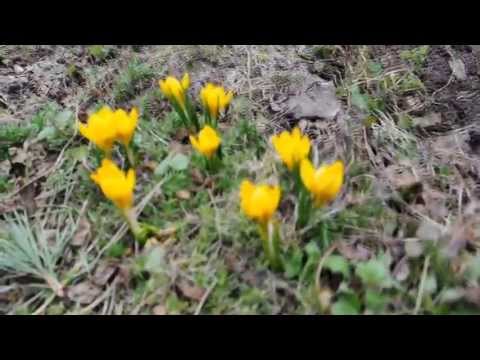

Watch this video on YouTube
Crocuses blooming in autumn
Beautiful crocus (Crocus speciosus)
This species prefers to grow on forest edges in the mountainous regions of the Balkans, Crimea and Asia Minor. The length of the leaf plates is about 0.3 m. The violet-lilac flowers reach 70 mm in diameter, on their surface there are longitudinal purple veins, flowering begins in the first autumn weeks. It has been cultivated since 1800. There are garden forms, the flowers of which are painted in white, lilac, dark blue, blue and pale purple. The most popular varieties are:
- Albus... The flowers are white and the tube is creamy.
- Artabir... The color of the flowers is sky blue. There are dark veins on the surface of the bracts.
- Oksinan... The flowers are blue-violet. They have a dark wide perianth, as well as drawn sharp leaves.
Cute crocus (Crocus pulchellus)
This look is very effective. There are dark stripes on the surface of lavender flowers. In diameter, the flowers reach 60–80 mm, and their height can be 70–100 mm. One bush grows from 5 to 10 flowers, while they open in September or October. This species is not afraid of light frosts.
Banat crocus (Crocus banaticus)
This species is found naturally in Romania, the Carpathians and the Balkans. This species was named after the historical region of Banat, which is located in Romania. The length of the linear leaf plates is about 15 centimeters, and they are painted in gray-silver color. Graceful flowers of a pale lilac color have yellow anthers. The flowers rise 12-14 centimeters above the ground. The length of the outer leaves of the perianth is about 45 mm, and the inner ones are narrower and a couple of times shorter. In culture since 1629
Also, gardeners cultivate such crocuses that bloom in autumn, such as: beautiful, Pallas, hill, Sharoyana, Gulimi, holoflower, Karduhor, medium, Cartwright, Kochi, trellised, medium, yellow-white and late.
Large-flowered crocuses, or Dutch hybrids
These plants are fertile and distinguished by their unpretentiousness. They bloom in spring, and their flowers are larger than the flowers of the original species, on average, a couple of times. In 1897, the first varieties of Dutch hybrids were born. Today, there are about 50 such hybrids, and they were divided into groups according to flower color:
- The first group - it includes plants with snow-white flowers, and also with white flowers, at the base of each lobe of the bracts which have specks of a different color.
- The second group - it combines varieties with lilac, purple or lilac flowers.
- The third group - here varieties with a striped or reticulated color are combined, while there may be spots at the base of the lobes.
These crocuses begin to bloom in May, and their duration is 10–17 days.
Recommended varieties for growing in mid-latitudes:
- Albion... The goblet flowers are white in color and about 40 mm in diameter.The lobes are round, the length of the tube is about 50 mm, and on its surface there is a rare streak of lilac color.
- Vanguard... Open cupped flowers of lilac-blue color reach 40 mm in diameter. The lobes are oval and elongated with small spots of a darker color at the base. The tube length is about 45 mm, and the color is lilac-blue.
- Jubilee... The goblet-shaped blue flowers have a faint purple-purple tint. At the base of the lobes there is a well-visible lavender speck, and along the edge there is a narrow border of a lighter color. The tube is about 55 mm long and has a lavender color.
- Sniper Banner... The goblet-shaped flowers reach 40 mm in diameter. The color of the oval lobes is reticulated: the outer surface is pale lilac-gray in color, and the inner surface has a dark lilac mesh. The lobes of the outer circle are darker than the inner ones. At the base of the lobes there is a small, clearly distinguishable dark lilac spot. The length of the dark lilac tube is about 40 mm.
- Kathleen Parlow... White cupped flowers reach 40 mm in diameter. There are short lilac strokes at the base of the inner lobes. White tube length about 50 mm.
Chrysanthus
These hybrids, blooming in spring, were obtained with the participation of golden crocus, the natural form of two-flowered crocus and their hybrids. The flowers in this group are smaller compared to the "Dutch", but it includes many varieties with light blue and yellow flowers. Popular varieties:
- Gypsy Girl... The wide-open cupped flowers reach 35 mm in diameter. Their outer surface is creamy yellow, and the inner one is yellowish, while the throat is dark yellow. From the inside on the lobes there are small spots of brown color. The length of the cream tube is about 30 mm, on the surface there are strokes of a dusty purple color.
- Marietta... The flowers are wide open, almost flat, reaching 35 mm in diameter. Dark creamy narrow lobes are oval in shape, the throat is yellow. At the base of the lobes of the outer circle on the outside, which are covered with thick stripes of dark lilac color, there is a brown-green spot. The length of the light green-gray tube is about 30 mm.
- Lady Keeler... Almost flat, cupped flowers reach 30 mm in diameter. The elongated oval lobes are white from the inside. The lobes of the inner circle are white on the outside, and the outer ones have a dark purple color and white edging, and at the base there is a small dark gray speck. The color of the bud is purple. The length of the dark violet-purple tube is about 30 mm.
- Saturnus... The flat, wide-open flowers are about 35 mm in diameter. The tops of the lobes of the outer circle are slightly elongated. They are colored creamy yellow, while the throat is deep yellow. At the base outside there is a speck of brown-green color. The parts of the outer circle are completely lined with dense lilac strokes. The length of the green-gray tube is about 25 mm.
New varieties of chrysanthus on sale are: Ay Catcher, Miss Wayne, Parkinson's, Skyline, Zwanenburg Bronze, etc.
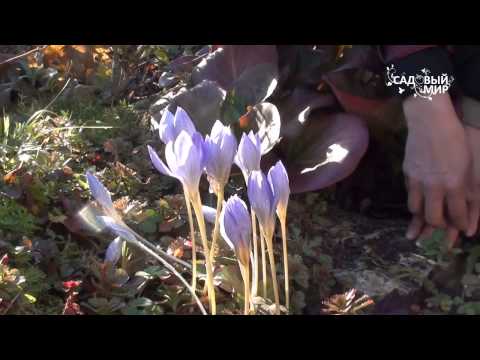

Watch this video on YouTube


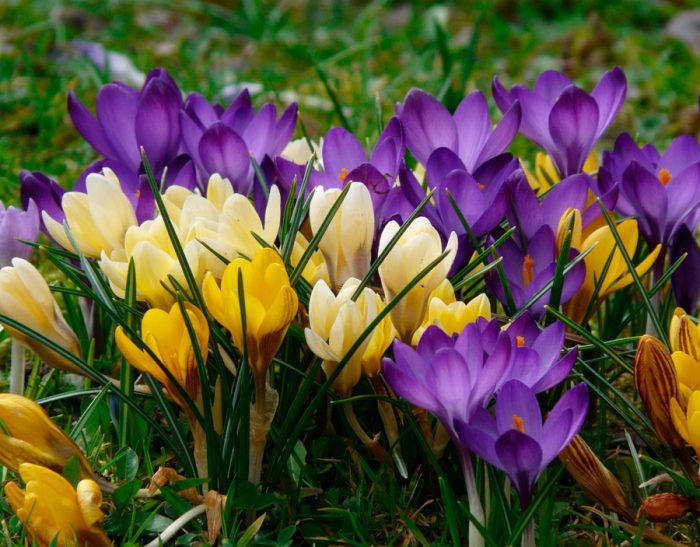

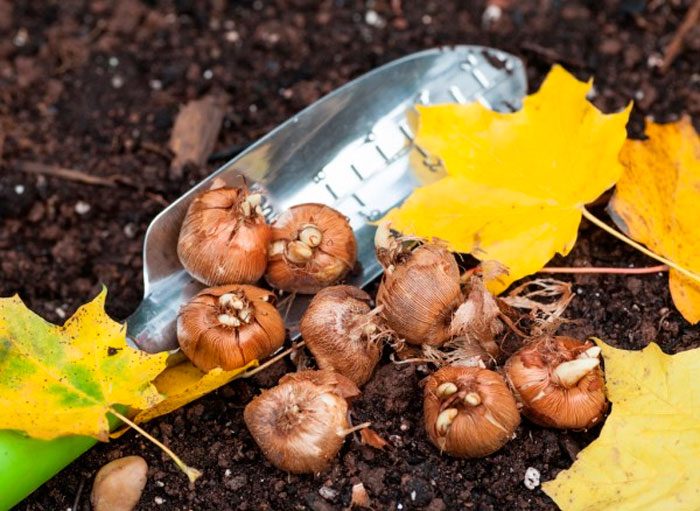


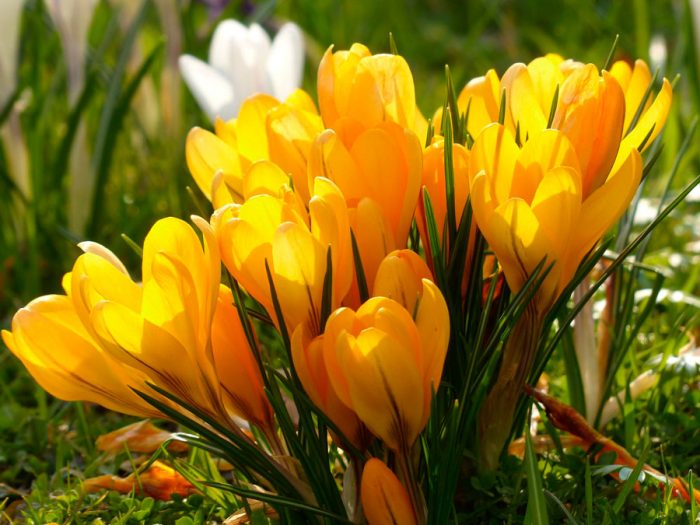

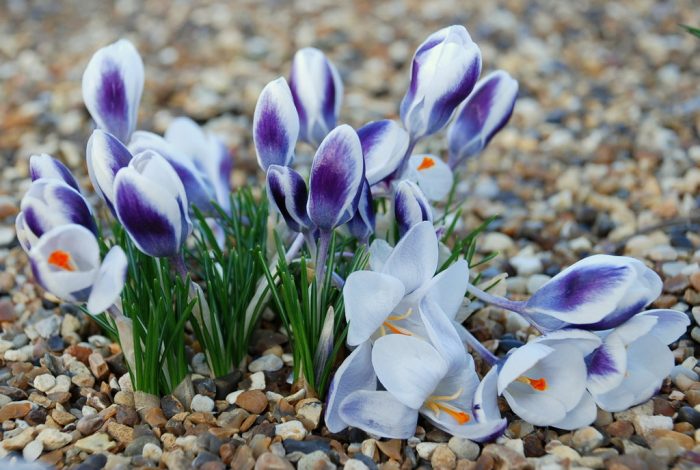


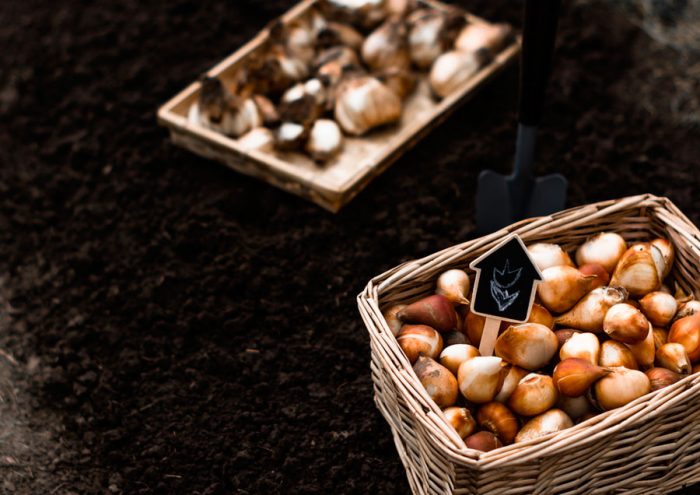
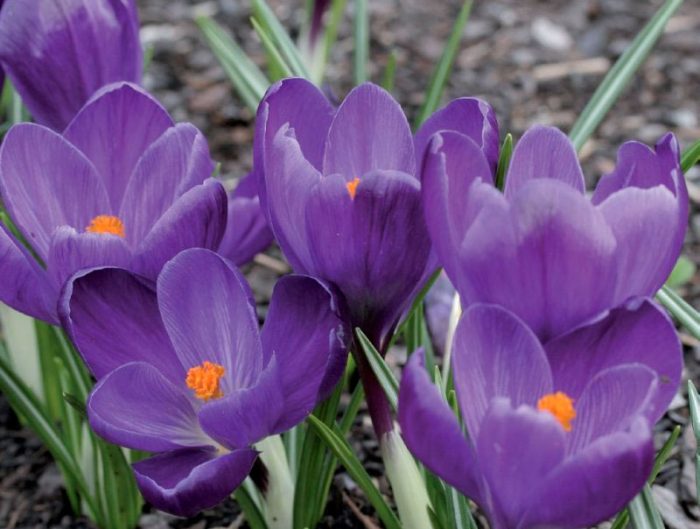


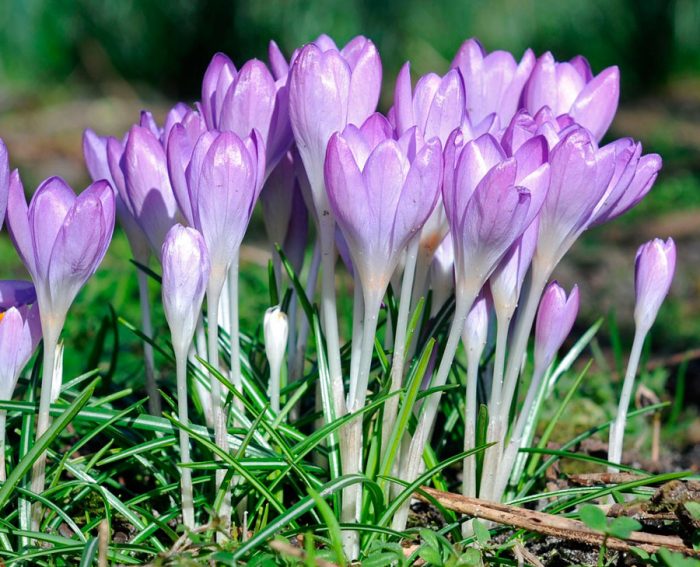
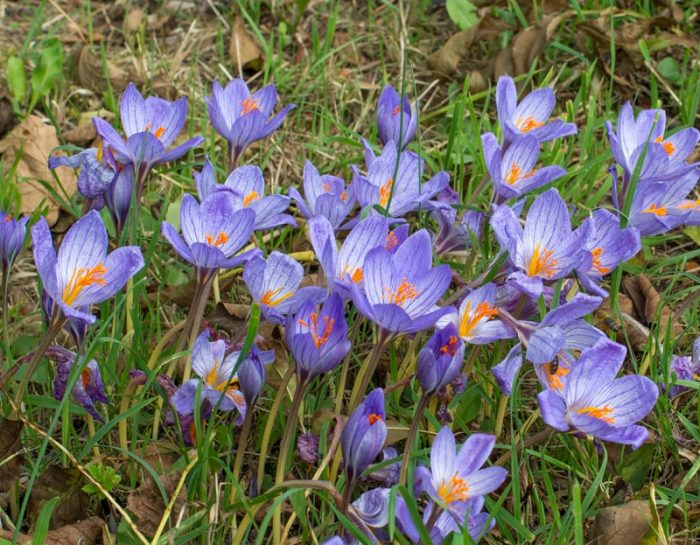
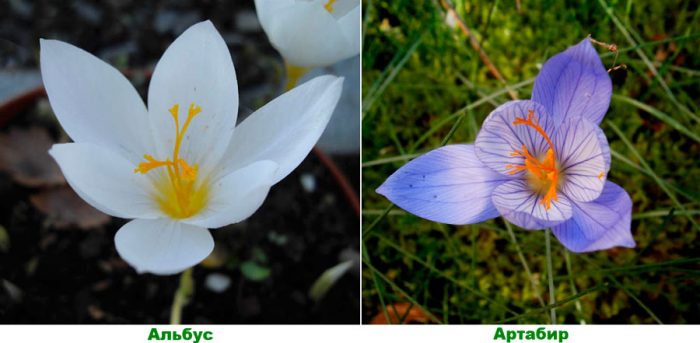


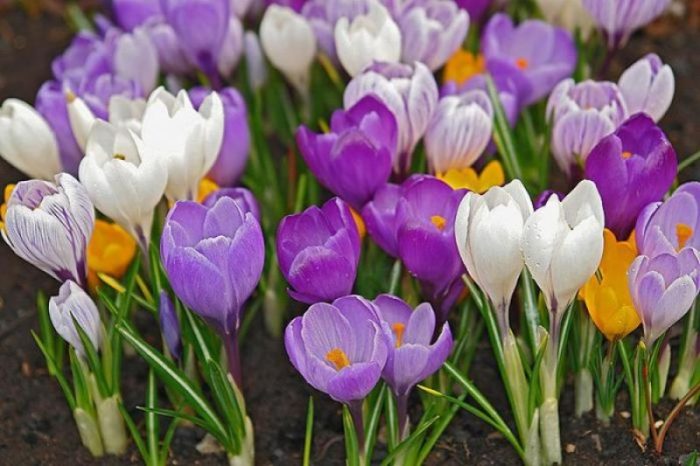
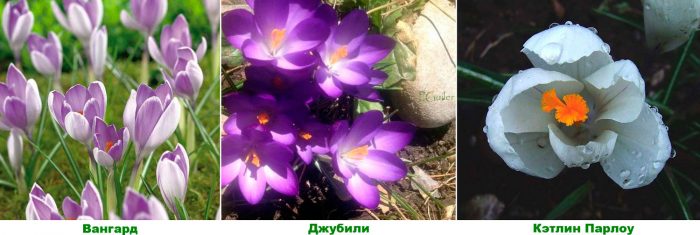
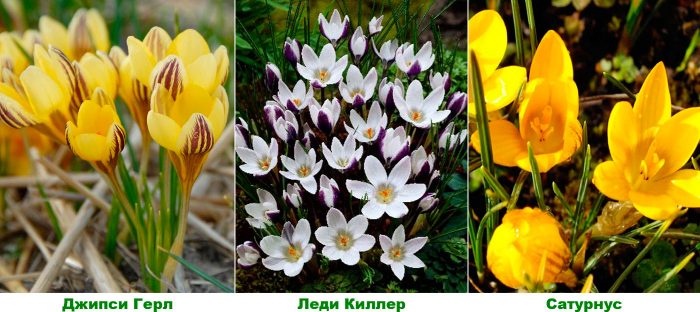










How is the saffron spice obtained from crocuses?
To obtain this spice, stamens are manually collected from crocuses.